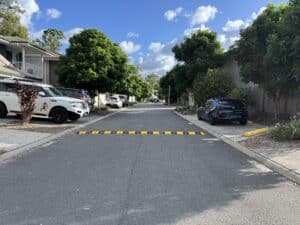
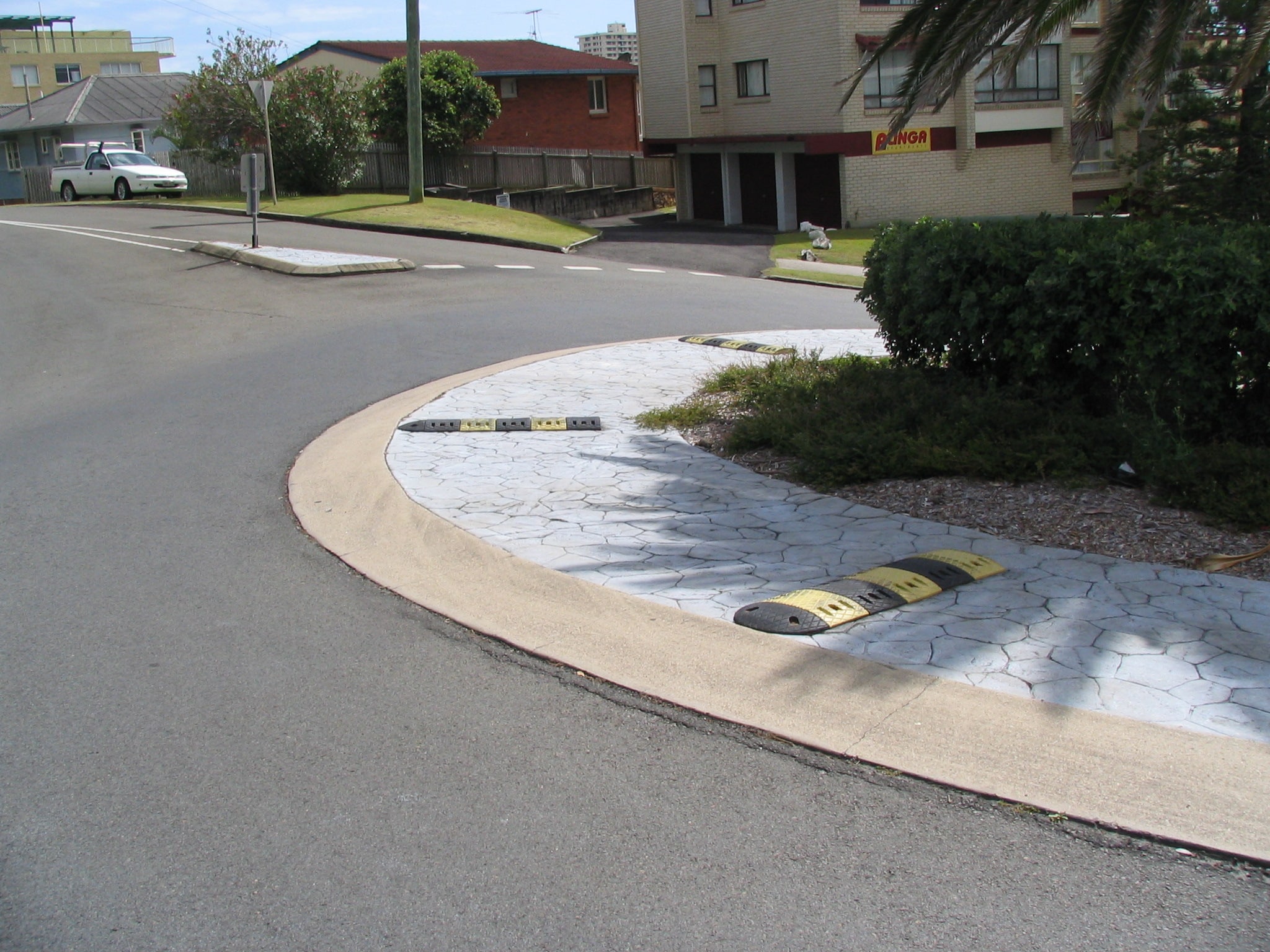
From Uber drop-offs to residents running late, Australia’s strata car parks are fast becoming high-risk zones — and most body corporates don’t even realise it.
Strata car parks are designed to be low-speed, shared environments. But they’re not being treated that way. Across the country, these once-quiet spaces are now buzzing with activity: tradespeople, couriers and delivery drivers, rideshare drivers, tenants, and visitors all using the same confined road space. And many of them are speeding — knowingly or not.
Why is speeding in strata car parks more common than most body corporates realise? What risks does it pose to residents and property? What are the most effective ways to manage it?
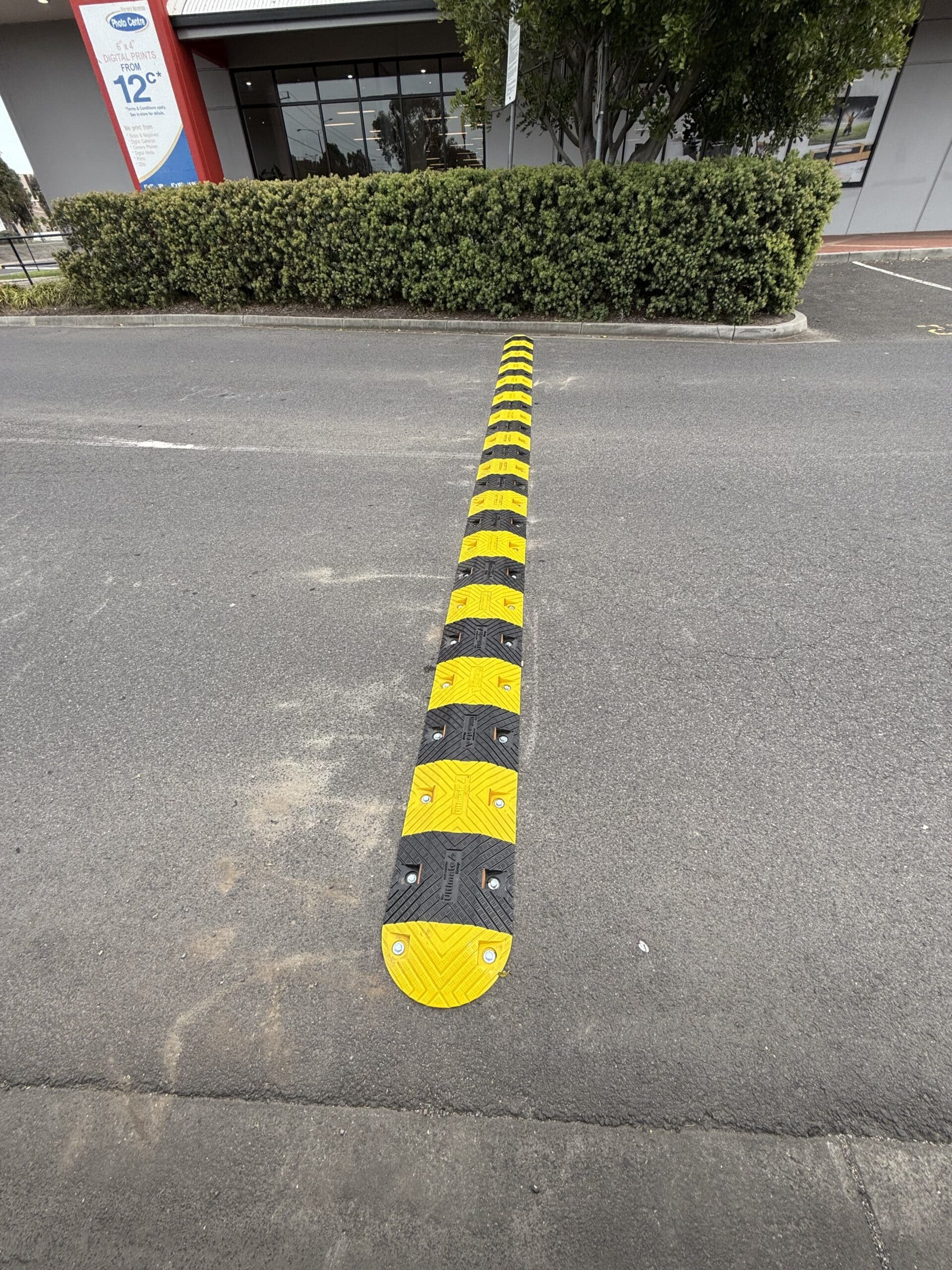
The modern strata complex isn’t just home to a few residents with a car or two. Today, it’s also a base of operations for:
Each of these drivers is usually in a hurry. Their mindset? “Get in, get out.” Unfortunately, that urgency often translates into speeding, especially without clear deterrents.
Many body corporates assume that only outsiders are the problem. But the truth is, residents often speed just as much, if not more.
The reasons vary:
And once one person starts doing it, others tend to follow. Over time, it becomes the new norm.
Strata car parks often feature:
This layout increases the risk of near-misses, scraped bumpers, and pedestrian collisions. What makes it worse is that many drivers are unaware of how dangerous these environments can be at higher speeds.
Let’s be honest: some strata car parks haven’t been updated in decades. They may be completely missing:
And in a space where there’s no reminder to slow down, many drivers don’t.
Speeding is dangerous at the best of times. However, the consequences are far more serious in a shared residential space.
Pedestrians — especially children and elderly residents — are at real risk. All it takes is one distracted or speeding driver to cause a serious incident.
Tight parking bays, narrow access points, and quick manoeuvres can easily result in:
And when insurance is involved, it can turn into a body corporate headache — especially if there’s no CCTV or formal traffic management in place.
Families are irritated by the traffic noise, which can cause stress, parking issues, or disrupt residents’ sleep. Complaints are on the increase and the public has become dubious as to whether the authorities have been taking everything into account to protect their interests.
The company might be liable in the event of a serious accident or damage if it turns out they did not take “reasonable safety measures.” This could result in:
Start with a thorough safety assessment of your car park:
Speed Humps Australia offers free strata safety inspections, including on-site assessments and product recommendations.
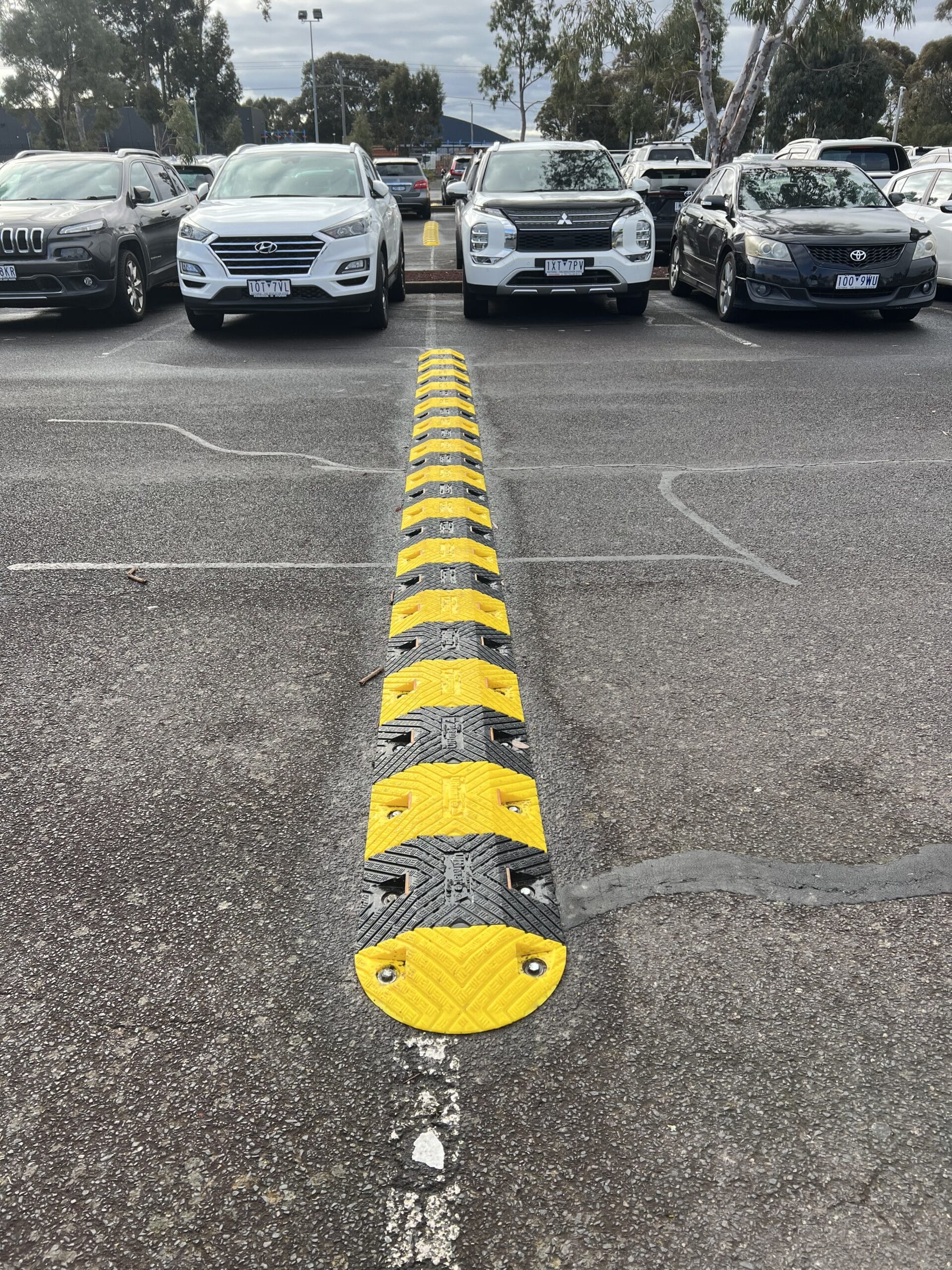
Not all speed humps are created equal. For strata complexes, flat-top rubber speed humps are the preferred option. Why?
Bonus: They reduce noise compared to metal pr plastic speed bumps.
Complement your speed humps with:
These components regulate location and pace, creating a more secure and predictable environment.
Unless drivers know they have to slow down, speed humps will not suffice to solve the problem. Signposting can be employed to remind drivers of critical hazards and to reinforce speed limits:
“Speed Limit 10 km/h”
“Watch for Children” “Shared Zone – Slow Down”
They must be significant, noticeable, and positioned thoughtfully at entrances and along parking lot areas.
Sometimes, it’s just a matter of awareness. Consider sending a quick email update or including a section in your next body corporate newsletter to remind residents of the following:
If needed, make it clear that repeat offenders may be subject to fines or formal warnings (depending on your strata bylaws).
We’ve helped body corporates all over Australia resolve ongoing speeding issues with just a few key upgrades. In most cases:
The feedback is consistent from a five-unit townhouse complex in Brisbane to a 60-bay underground car park in Melbourne: “We should have done this sooner.”
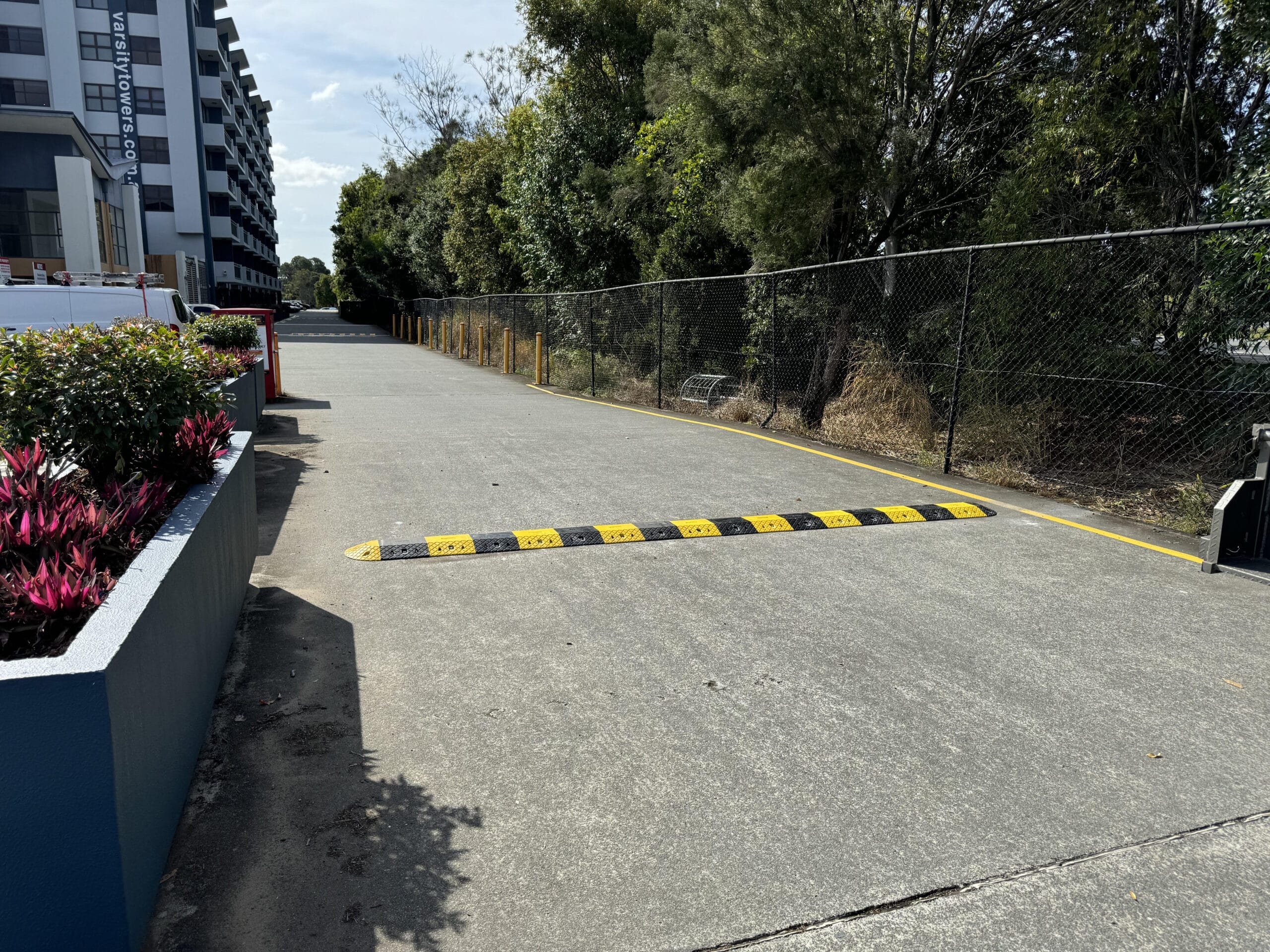
All too frequently, speed control in strata car parks only becomes apparent once something has gone amiss — a collision, a complaint, or, heaven forbid, an injury. But by then, the damage has already been done.
The sooner it gets done, the better if you are a strata manager, a committee member, or even a concerned resident. Safety is an investment in peace of mind, property value, and enjoyment of the community, not a tick in a box.
Though speeding is common, it can be prevented.
In short:
Speeding is becoming a growing issue in strata car parks.
Some of the risks include damage, claims, and injuries.
Among the possible solutions are speed humps, wheel stops, signs, and education.
Strata car parks don’t have to be dangerous. Proper design and an assertive safety policy can make them low-risk, secure, and quiet for all users.
Ready to Take Control of Your Car Park?
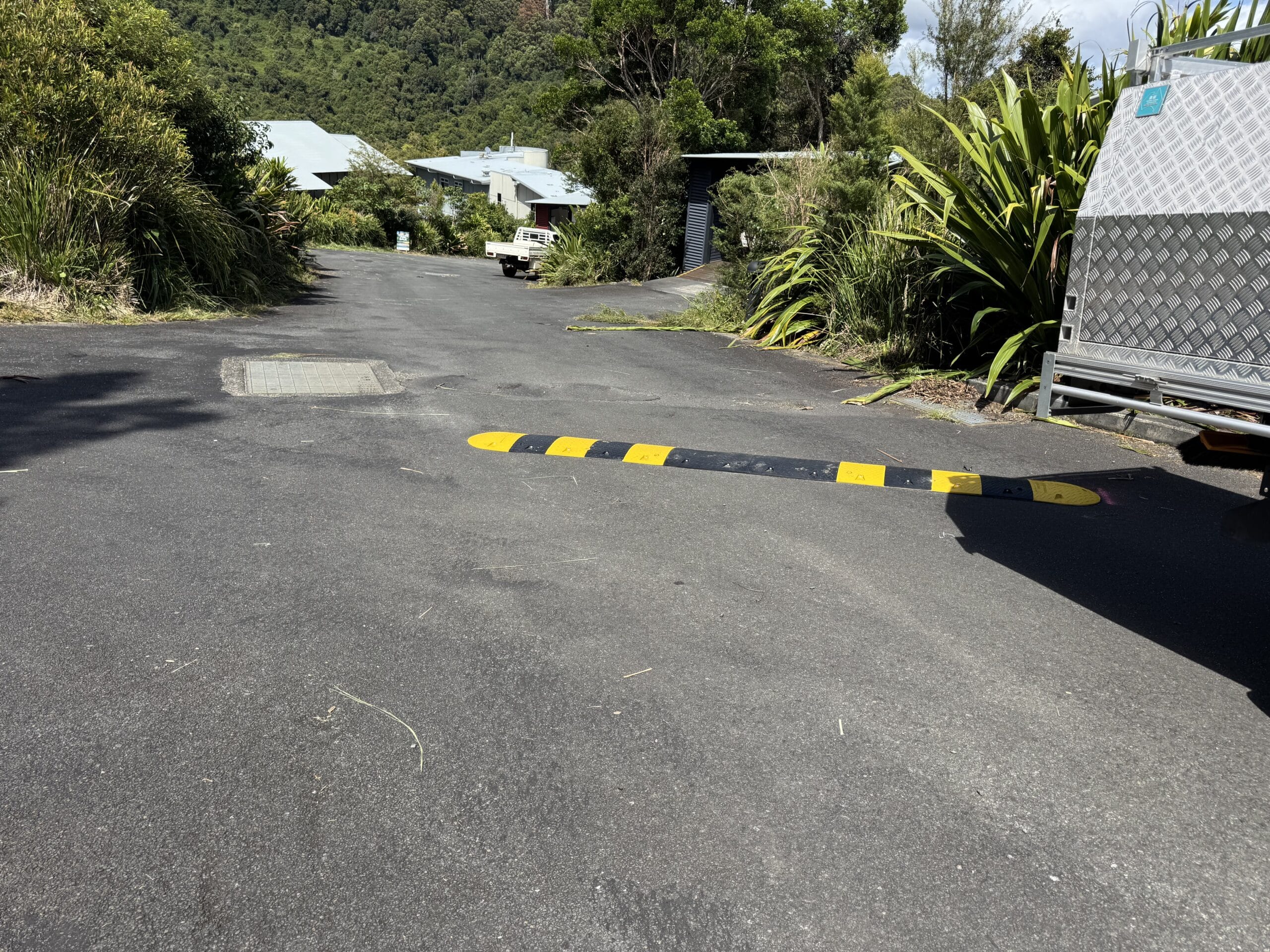
Book a free strata car park safety inspection today with Speed Humps Australia.
We’ll assess your site, provide tailored recommendations, and supply the industry’s most reliable traffic control products — all installed by qualified professionals.
👉 Visit www.speedhumpsaustralia.com.au
📞 Or call 1300 138 568
Let’s make your strata car park safer before someone gets hurt.

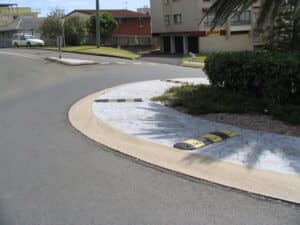

For 10 years, our focus has been on one thing: to provide one style of product and to do it well.
Our wheel stops, speed humps and rumble bars meet Australian Standards, don’t fade, and we’ve never needed to replace one.

For 10 years, our focus has been on one thing: to provide one style of product and to do it well.
Our wheel stops, speed humps and rumble bars meet Australian Standards, don’t fade, and we’ve never needed to replace one.